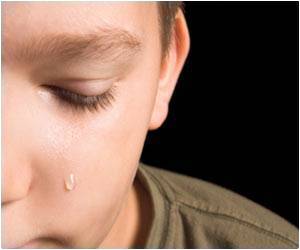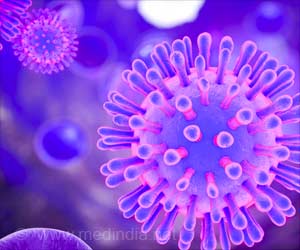New wearable electronics could serve as a game changer for stroke recovery treatment.

Rogers also will discuss his work at the AAAS presentation "Soft Electronics for the Human Body" from 4:30 to 5 p.m. CST Feb. 17, at the AAAS meeting. Rogers' talk, to be held in Room F of the Austin Convention Center, is part of the scientific session "Biomedical Sensors: Advances in Health Monitoring and Disease Treatment."
Rogers' sensors stick directly to the skin, moving with the body and providing detailed health metrics including heart function, muscle activity and quality of sleep.
"Stretchable electronics allow us to see what is going on inside patients' bodies at a level traditional wearables simply cannot achieve," Rogers said. "The key is to make them as integrated as possible with the human body."
Rogers' new bandage-like throat sensor measures patients' swallowing ability and patterns of speech. The sensors aid in the diagnosis and treatment of aphasia, a communication disorder associated with stroke. The tools that speech-language pathologists have traditionally used to monitor patients' speech function - such as microphones - cannot distinguish between patients' voices and ambient noise.
"Our sensors solve that problem by measuring vibrations of the vocal chords," Rogers said. "But they only work when worn directly on the throat, which is a very sensitive area of the skin. We developed novel materials for this sensor that bend and stretch with the body, minimizing discomfort to patients."
Advertisement
"One of the biggest problems we face with stroke patients is that their gains tend to drop off when they leave the hospital," said Arun Jayaraman, research scientist at the Shirley Ryan AbilityLab and a wearable technology expert. "With the home monitoring enabled by these sensors, we can intervene at the right time, which could lead to better, faster recoveries for patients."
Advertisement
Jayaraman describes the platform's mobility as a "gamechanger" in rehabilitation outcomes measurement.
Data from the sensors will be presented in a dashboard that is easy for both clinicians and patients to understand. It will send alerts when patients are underperforming on a certain metric and allow them to set and track progress toward their goals.
"We are so grateful for our partnership with the Shirley Ryan AbilityLab," Rogers said. "They are helping us move our technology from the research lab to the real world, where it already is making a positive impact on the lives of patients."
Rogers also is collaborating with the Shirley Ryan AbilityLab to test the sensors on patients with other conditions, such as Parkinson's disease. Ten Northwestern professors will present their work at the AAAS annual meeting. See a full summary at Northwestern Now.
Source-Eurekalert














